Another Puzzle Piece - Mosquito Pools and Disease Surveillance

- Authored by Colby Colona
August 20, 2020
Another Puzzle Piece - Mosquito Pools and Disease Surveillance: So you’ve trapped some mosquitoes…now what?
A major component of mosquito control operations is disease monitoring. Which poses a very important question: What roles do our operations play in this monitoring?
Mosquito Collection
Twice a week, CDC and gravid mosquito traps are placed throughout the district. These traps are set out overnight, collected the next day, and brought back to the lab to be sorted and counted. Learn more about these traps from my previous blog piece here. The species that are at greater risk of transmitting West Nile virus (more on that later), are collected in “pools.”
CDC trap Gravid trap
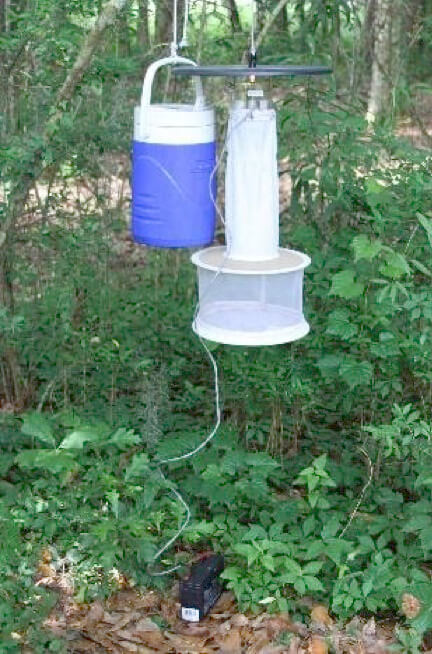
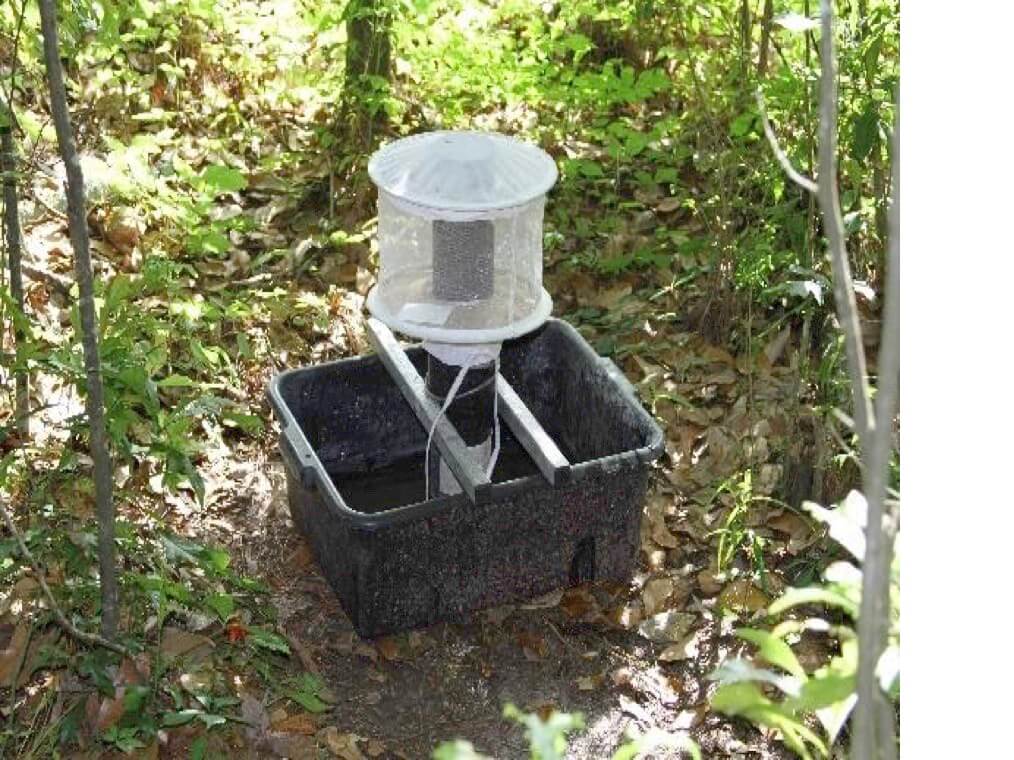
What exactly is a mosquito “pool”?
A mosquito pool is essentially a “sample” of mosquitoes that is collected in a small vial for testing. The vial is a 2mL microcentrifuge container that can test a range of 5-100 mosquitoes in each. We can send up to three vials per species per trap night, with a maximum of six vials for each site.
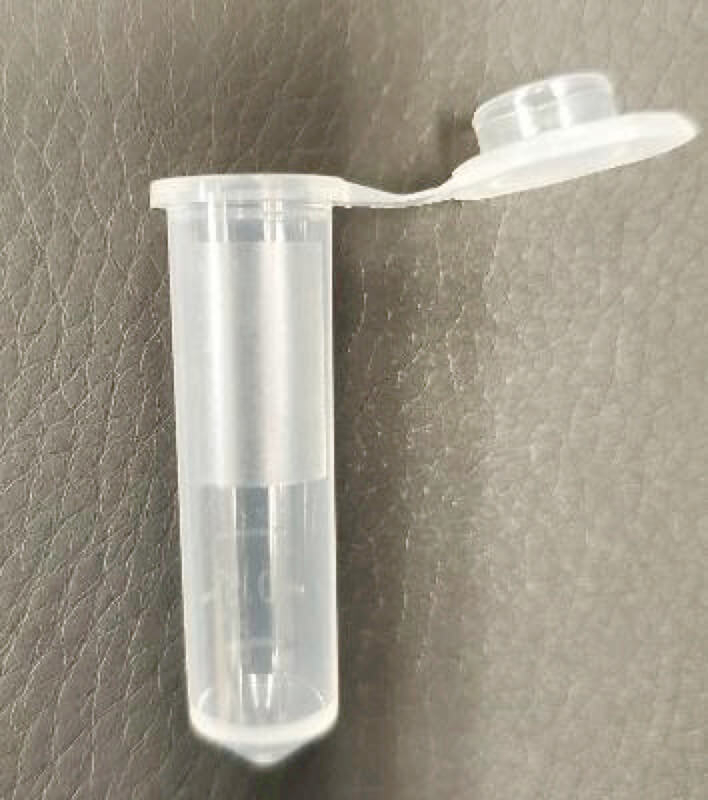
2mL microcentrifuge vial
Mosquito Species testing and testing site
Certain species are a greater risk of transmitting West Nile virus than others, so those species are collected in these vials and either sent off to the LSU Diagnostic lab (most of our samples go here) or tested in our own lab. The typical species collected are:
• Culex quinquefasciatus (southern house mosquito)
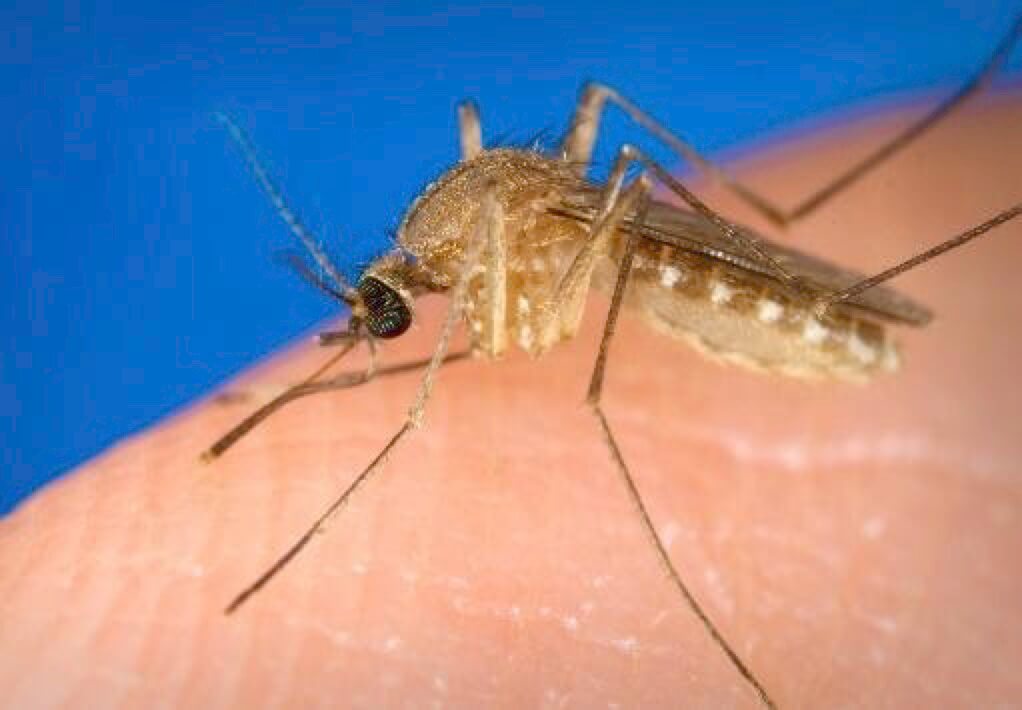
• Culex nigripalpus (Florida SLE mosquito)
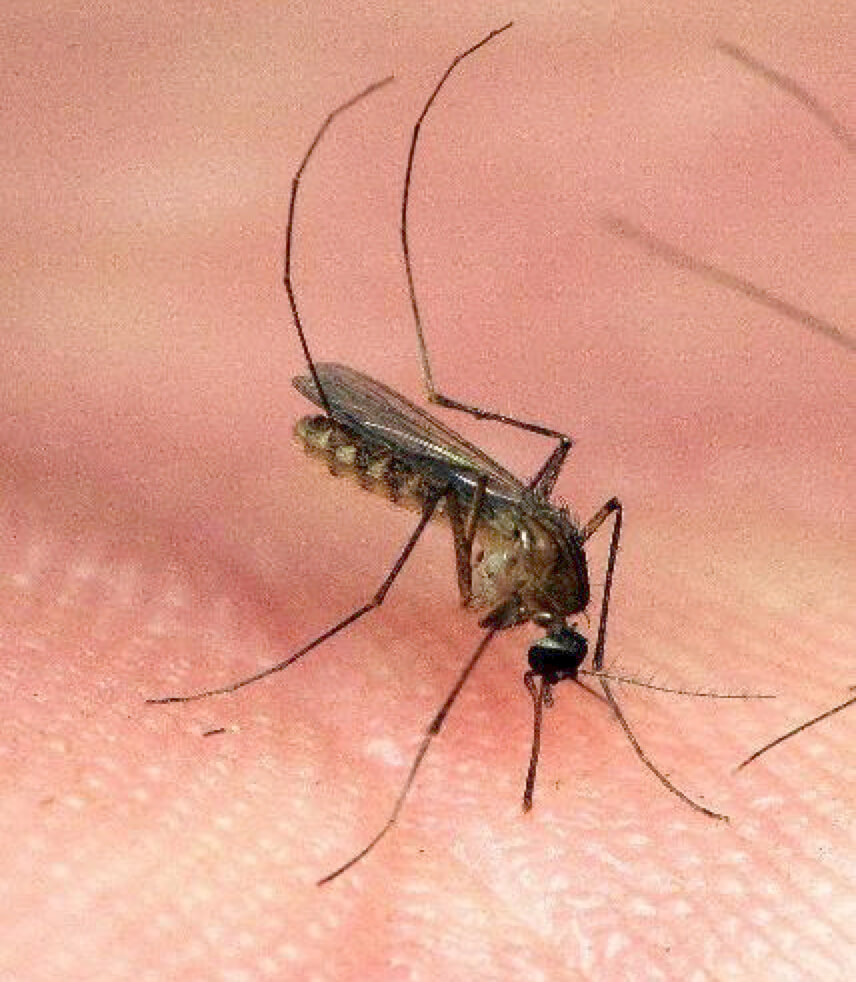
• Aedes albopictus (Asian tiger mosquito)
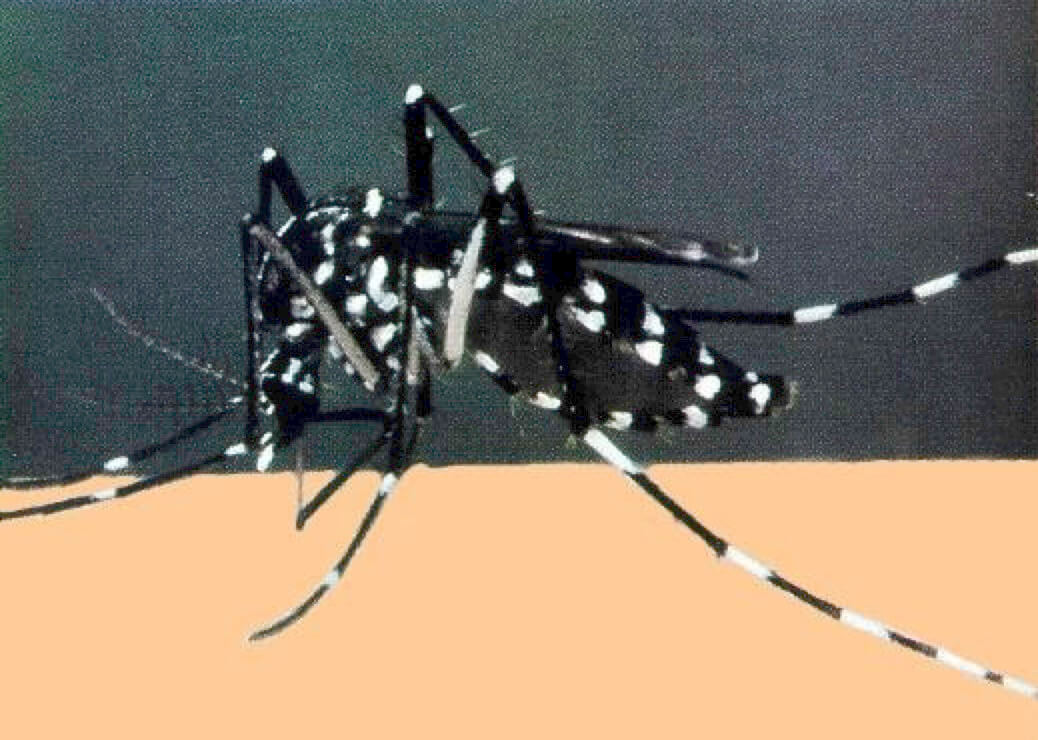
• Culex salinarius
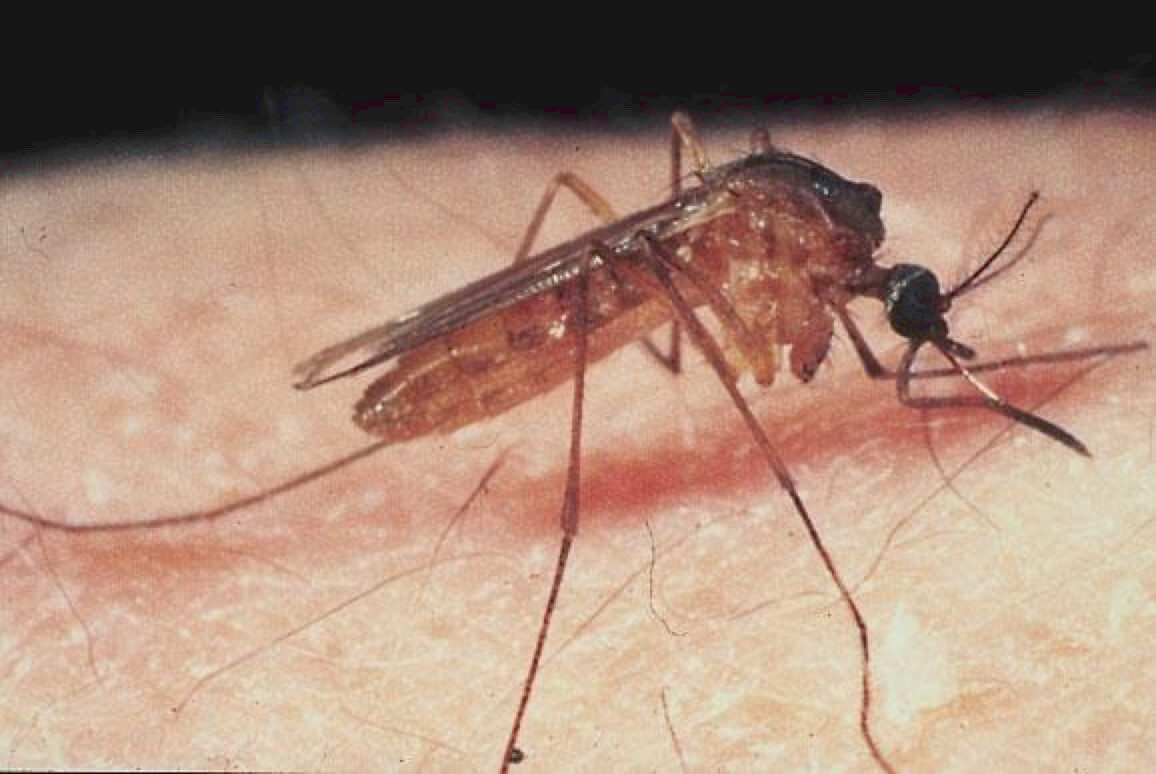
What diseases are the samples tested for?
Mosquitoes transmit a multitude of viruses and parasites, but the main threat to the citizens in our district continues to be West Nile virus (more information here). All the samples sent to the LSU lab are tested for West Nile virus, and typically starting in May, they are additionally tested for St. Louis encephalitis and Eastern Equine encephalitis. For our in-house LAMP testing, we are currently only monitoring for West Nile virus. Although in the future, we may explore testing for other arboviruses.
What happens if you get a positive sample?
Results from every sample are recorded, regardless if they are a positive or a negative result to monitor historical data. This data is stored both in our own databases as well as shared databases with other mosquito districts. If we receive a positive sample or samples, we will then treat these locations more aggressively for a few weeks until we verify that no more positives are developing out of the area. This more aggressive treatment includes having inspectors treat standing water, assigning our night trucks to do additional ground spraying, and/or flying aerial missions.
By monitoring disease activity, we are better able to see where our problem areas are, and more effectively treat those areas. If we can lower the populations of the mosquito vectors in an area, we can reduce the risk of an infected mosquito biting a citizen, and therefore reduce the risk of disease transmission. It is another piece of the Integrated Mosquito Management strategy puzzle!